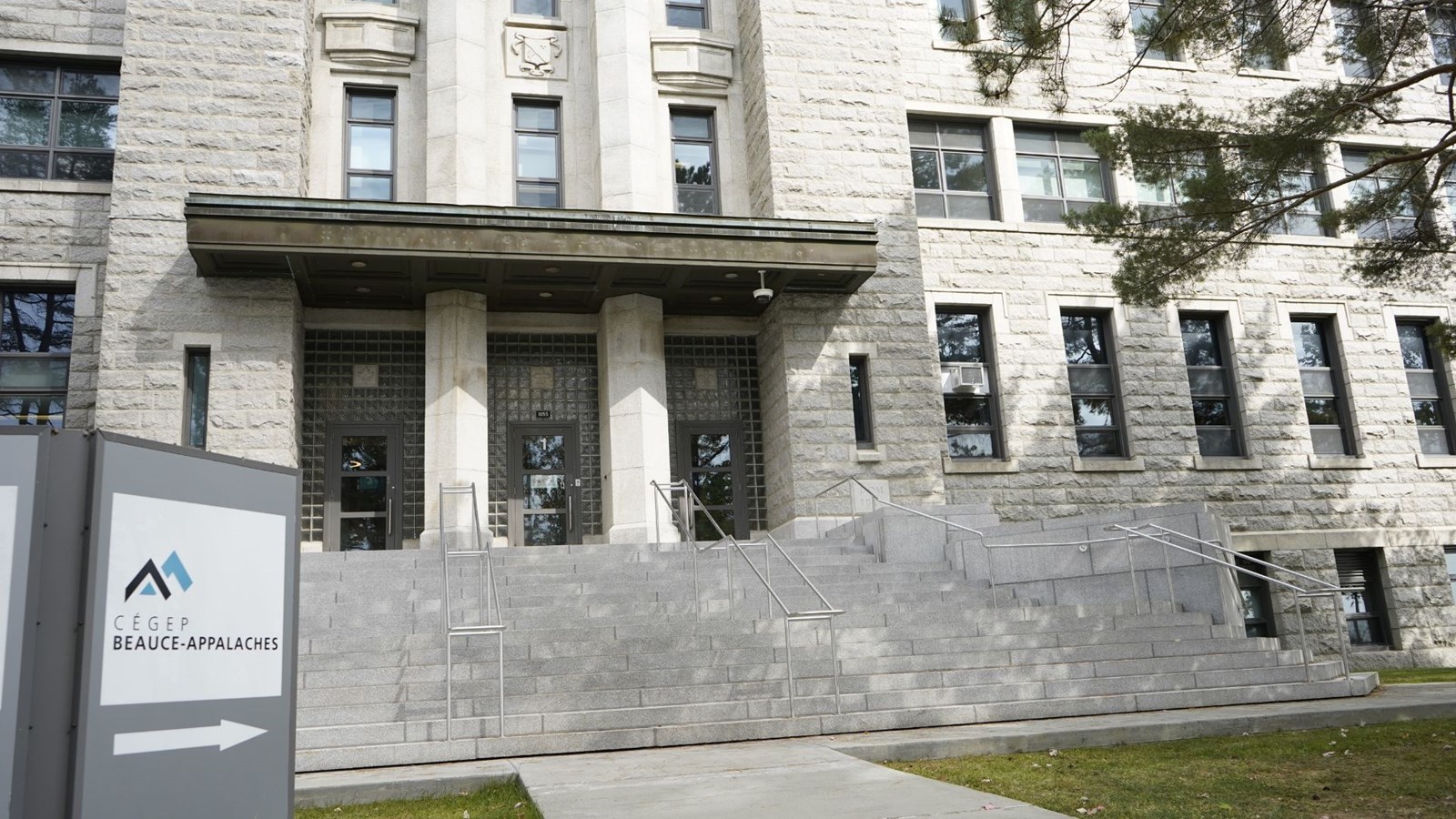A new study by the Literacy Foundation shows that the regional county municipalities (MRC) of Quebec, whose CEGEPs are located more than 20 km from their territory, observe within their population a lower education profile than their neighbors, an element known to directly impact the level of literacy of populations.
Indeed, college attendance is a statistical turning point in order to maximize the achievement of level 3 in literacy, i.e. the level that allows the reader to master more complex texts and which constitutes an important protective factor against social and economic vulnerability. , points out the economist Pierre Langlois who carried out this study.
The administrative territory of Chaudière-Appalaches officially has four cégeps: that of Lévis, the Montmagny campus of the Cégep de La Pocatière, on the territory of the MRC de Montmagny, the Cégep de Thetford (MRC des Appalaches) and the Cégep Beauce-Appalaches with a main campus in the MRC Beauce-Sartigan (Saint-Georges) and a second in Nouvelle-Beauce (Sainte-Marie). The 3rd CBA campus in Lac-Mégantic is located in the MRC du Granit, which is part of the administrative territory of Estrie.
In Chaudière-Appalaches, four MRCs, which do not have a CEGEP on their territory, were studied and the education gap observed (lower college and university graduation) between them and their neighbors who have a CEGEP in their territory is as follows:
MRC Beauce-Centre — 7.5%
MRC Les Etchemins — 6.9%
Bellechasse RCM — 5%
RCM of Lotbinière — 18.6%
« In other words, the unequal supply of college education between the MRCs means that secondary school students take different educational paths. A greater proportion of them will choose not to pursue post-secondary studies, and therefore end up in secondary 5, or will be more likely to opt for vocational training. “, can we read in the study report.
The survey also reveals that, with regard to the educational profile of Quebec and the neighboring provinces, particularities with regard to attendance at Canadian secondary schools — namely the high graduation rate, grade 12 and the obligation to attend school until at age 18 — are reflected in a higher rate of people without a diploma in Quebec than in the other provinces. New Brunswick (11.0%), according to 2021 census data, now has a lower rate of individuals without a diploma among 25 to 64 year olds than Quebec (11.8%); the gap with Ontario (8.8%) being even greater.
Possible solutions
For André Huberdeau, Chairman of the Board of Directors of the Literacy Foundation, ” several courses of action and reflection are available in Quebec to fill these gaps and thus raise its level of literacy, in particular to add refresher training for basic skills (literacy, numeracy) to vocational training programs or even , expand the network of college study centers (CEC) in unserved RCMs to maximize college attendance. »
The study presents several other suggestions that could make it possible to act on the literacy rate despite the distance from CEGEPs, including the definition of a national strategy for academic success for the second cycle of secondary school, which could in particular define personalized paths with the possible addition of a twelfth grade for certain pathways, and the evaluation of the impact of compulsory school attendance until age 18 in Ontario and New Brunswick with a view to implementing similar legislation in Quebec.
2023-08-01 22:14:56
#distance #CEGEPs #affects #level #diplomas #region

